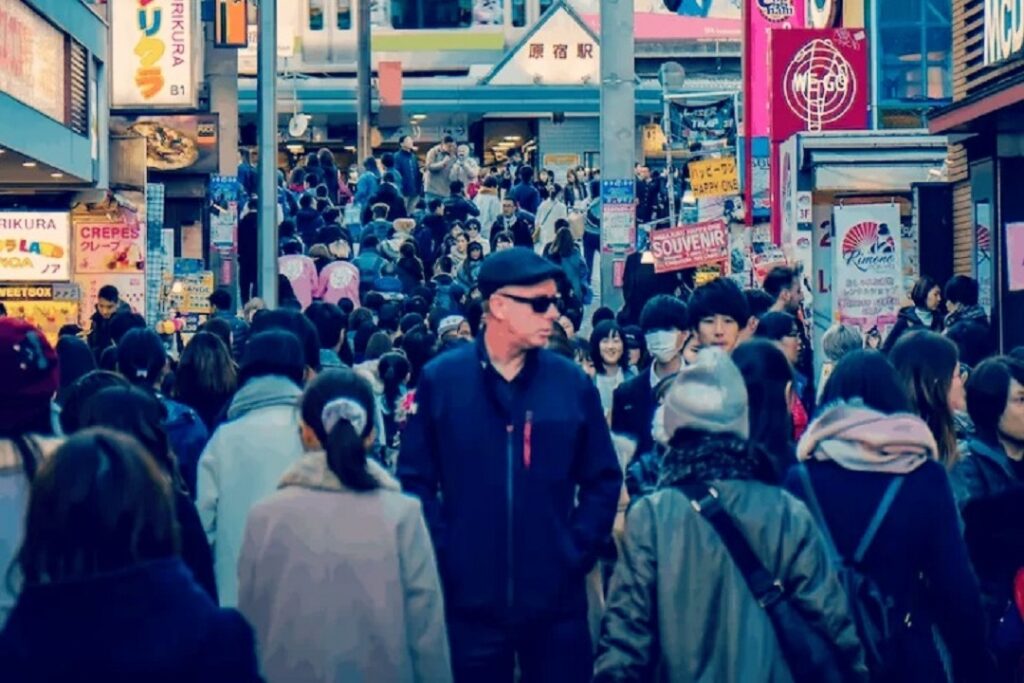Average Height In Japan
Welcome to this comprehensive guide about the average height in Japan over time. Japan is known for its unique culture, technological advancements, and distinct physical characteristics. The population’s average height is an intriguing aspect that has been subject to change and study over the years. This guide highlights the historical trends, factors influencing height, and Japan’s current state of average height. Read more to get quick information about this guide.
Historical Overview: Changing Height Trends in Japan

Early Observations: Traditional Stature
In the past, the average height of the Japanese population was relatively shorter than other nations. This perception can be attributed to various factors, including genetic predispositions, dietary habits, and socioeconomic conditions. The traditional Japanese diet, rich in rice, fish, and vegetables, provided a limited calorie intake, which might have influenced the growth and development of individuals.
Post-War Era: Growth and Nutrition
Following World War II, Japan experienced rapid economic growth and significant improvements in living standards. This period marked a turning point in the population’s average height. The introduction of Western dietary habits, increased access to nutritious food, and advancements in healthcare led to improved overall health and a notable increase in size.
Modern Times: A Surge in Height
In recent decades, Japan has witnessed a remarkable surge in average height. This behavior can be attributed to advancements in healthcare, improved living conditions, and a more diversified and balanced diet. Adopting a Westernized lifestyle, including increased consumption of protein-rich foods, has played a vital role in the enhanced growth and development of individuals in Japan.
Factors Influencing Height in Japan
Genetic Factors
Genetics undoubtedly plays a significant role in determining an individual’s height. Japanese people, on average, have a genetic predisposition to be shorter than other ethnic groups. However, it’s important to note that genetic factors are not the sole determinants of height, as environmental and lifestyle factors also contribute.
Nutrition and Diet
A well-balanced diet is crucial for healthy growth and development. Japan has experienced a shift in dietary habits from traditional cuisine to a more diverse range of food choices. The modern Japanese diet incorporates a variety of nutrient-rich foods, including seafood, vegetables, grains, and meat. This improved nutrition has contributed to the overall increase in average height.
Read More: Daryl Hannah Net Worth, Biography, Movies, Height, Children, And More Facts
Healthcare and Medical Advancements
Japan boasts a highly developed healthcare system, significantly impacting its population’s health and well-being. Accessible healthcare services, advanced medical technologies, and widespread awareness about health have played a pivotal role in ensuring proper growth and development, leading to increased average height.
Socioeconomic Factors
Socioeconomic conditions, such as income levels and education, can indirectly influence average height. Higher socioeconomic status often correlates with better access to healthcare, nutrition, and opportunities for physical activity. These factors collectively contribute to improved height trends in Japan.
Are Japanese People Considered Short in Length?
One common perception is that Japanese people are generally considered shorter in length compared to individuals from other countries. However, it’s important to approach this notion with nuance and avoid generalizations. While it is true that the average height of the Japanese population tends to be slightly shorter compared to some other ethnic groups, it is crucial to understand that height is a complex trait influenced by a multitude of factors. Genetic predispositions, nutrition, healthcare, and socioeconomic conditions all play a role in determining an individual’s height. It is also essential to recognize that height variations exist within any population, including Japan. Some Japanese individuals are exceptionally tall, just as shorter as other populations. Therefore, labeling all Japanese people as universally short in length must be more accurate. It’s important to focus on understanding the diversity within populations and appreciates the rich tapestry of human height variations.
Conclusion
This comprehensive guide explored the average height in Japan over time. Various factors have influenced this phenomenon, from early observations of traditional stature to the current surge in height. Genetic predispositions, nutrition, healthcare advancements, and socioeconomic conditions collectively contribute to the current average height in Japan. Understanding the dynamics behind height trends in Japan provides valuable insights into the nation’s overall health and well-being. As Japan continues to evolve, observing how average height trends may change will be fascinating.
Apart from this, if you are interested to read an amazing article on Kate Winslet Height, then visit our Entertainment category.
Frequently Asked Questions (FAQs)
Historically, the average height in Japan has been relatively shorter than some other countries. However, the average size has significantly increased with improvements in living conditions, nutrition, and healthcare.
On average, adult Japanese males have a height ranging from 165 to 170 centimeters, while adult Japanese females have a height ranging from 155 to 160 centimeters.
While cultural factors may indirectly influence height through dietary and lifestyle practices, genetic factors and overall health significantly impact average height.
The average height in Japan is generally comparable to that of other East Asian countries. Genetics, diet, and healthcare systems contribute to similarities in height trends among these nations.
